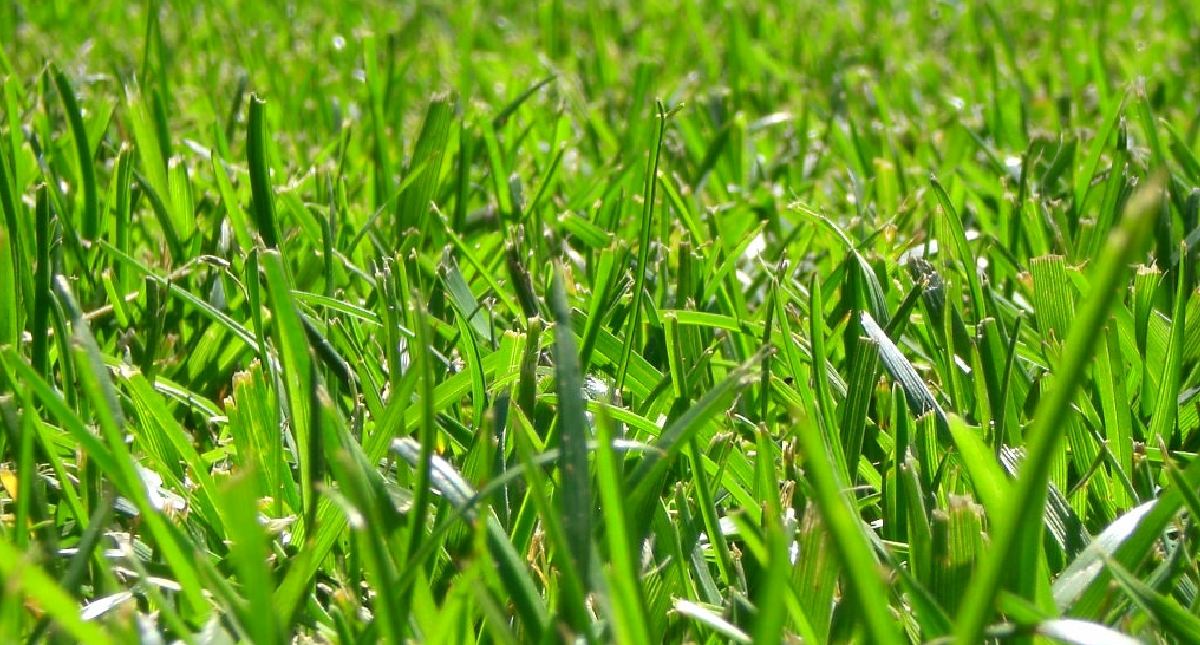1. Fertilize in Fall.
It’s great to fertilize in spring, and again early summer, but fall fertilization is probably the most important of all, and the most neglected. September 15 to November 15 application makes the nutrients available while the roots are still active. This will result in better turf density (and so fewer weeds), stronger roots, and residual nutrient inside the grass runners for faster green-up next spring. Apply the recommended amount, as excess fertilizer can result in fall and winter fungus.
2. Water Properly.
A long deep soaking once a week is appropriate through mid-October, then water just once every two weeks through fall and winter, if we don’t get an inch of rain. Excess frequency of watering also encourages fungus problems. Resume once a week watering mid-March to April.
3. Watch for Insects.
Chinch bugs have been a scourge this summer! Grub damage can start showing up late summer. And there is always the possibility of Fall Armyworms or Sod Webworms in fall. Don’t take your neighbor’s advice, please bring in a sample of lawn as soon as you see any problem (still somewhat alive but showing symptoms) and maybe a photo, and let us advise on proper treatment. Don’t just douse any and all brown spots with pesticide. Some may be old drought/heat damage, some may be fungus.
4. Mow Properly.
Once a week minimum during rapid growth. More frequently is even better if you can manage it (notice how often you see the mowers on the golf course). This results in better density and therefore fewer weeds. Keep your blade sharpened for best grass health. During late fall and winter fungus season, see if you can get your yardman to sterilize his mower before getting on your lawn to minimize spread of fungal spores from other yards (good luck with that!)
5. Control Weeds.
If you have followed recommendations 1-4, you are already ahead! But the next step, if you feel it necessary, is a pre-emergent weed preventer, such as Bonide Weed & Crabgrass Preventer 9.5lb or Bonide Weed Beater Complete 10lb, applied in October and again in January. Follow label recommendations for best results, you do not want to over or under apply. We do not recommend weed-and-feed fertilizers, because plants and shrubs all need fertilizer, but weed killers can damage or kill shrubs and trees, and effective application times for fertilizers and weed killers are very different. If you have some broadleaf weeds (clover, sow thistle, dandelion, chickweed) occurring in January or February, you can spot apply a broadleaf weed-killer such as Weed-B-Gon for Southern Lawns.
 -James
-James


